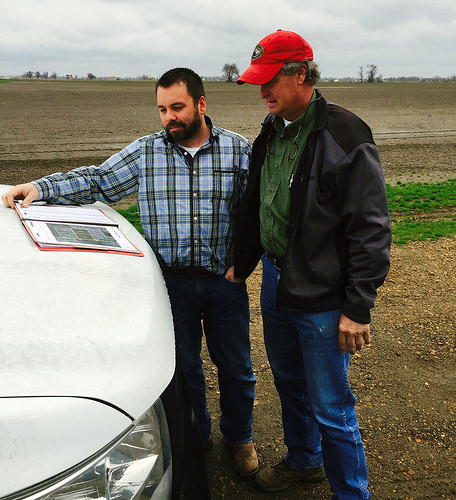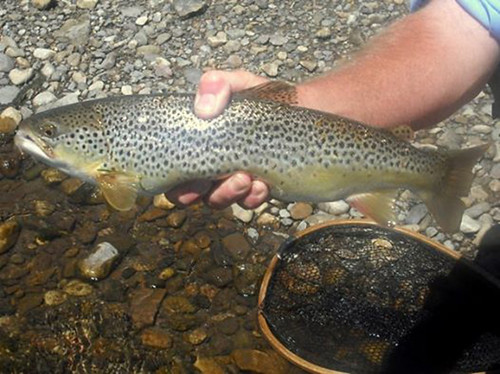
For 80 years, USDA’s Natural Resources Conservation Service (NRCS) has worked with agricultural producers to make conservation improvements to their farms, ranches and forests. These improvements help clean and conserve water, boost soil quality and restore habitat, and also make their agricultural operations more resilient.
Born amid the Dust Bowl, when persistent drought and dust storms swept through the nation, NRCS worked with stewardship-minded producers to heal the land. That work continues today, as producers voluntarily step forward to conserve natural resources, having tremendous positive impacts across the country.
This September, USDA is highlighting the many successes of private lands conservation on the USDA Blog. Keep watching and learn more about how NRCS and landowners are working together to net big benefits for:
- Water Quality: No matter where you live or farm, you’re part of a watershed. NRCS works with landowners to implement conservation practices that trap nutrients, prevent erosion and restore riparian zones.
In Minnesota, we worked with landowners to restore a precious coldwater stream, home to trout amid the Driftless Area landscape. And in Wisconsin, a farmer along the Fox River uses cover crops and other conservation practices to prevent nutrient and sediment runoff, ultimately protecting Lake Michigan downstream.
- Wildlife: Targeted efforts by landowners are greatly benefiting wildlife, from sage grouse in the West to the New England cottontail in the Northeast.
This conservation work has put many species on the path to recovery, including the Bi-State sage-grouse, which the U.S. Fish and Wildlife Service (FWS) determined this year did not merit listing under the Endangered Species Act. Similarly, work to restore waterways and improve water quality in Montana and Oregon has led the FWS to decide not to list the Arctic grayling and to delist the Oregon chub.
- Ecosystems: Restored habitat comes in all shapes and sizes.
In Texas, we’re working with the Port of Houston to build marshlands with dredged materials, creating oyster reefs and bird sanctuaries. And in Florida, we’re working with conservation partners through the Regional Conservation Partnership Program to restore longleaf pine forests. Once almost an extinct ecosystem, NRCS and partners have this vital ecosystem on the road to recovery.
- Strong Rural Economies: Conservation practices not only benefit water and habitat but agricultural operations, too. Conservation practices make operations more efficient, reduce input costs and can increase yields.
This month, you’ll meet the owners of an organic farm in Montana who are using innovative conservation practices to improve their operation while also conserving natural resources.
The stories we feature this month are just a few of the many successes occurring across the country. For more information on NRCS programs and services, visit nrcs.usda.gov/GetStarted or a local USDA service center.



